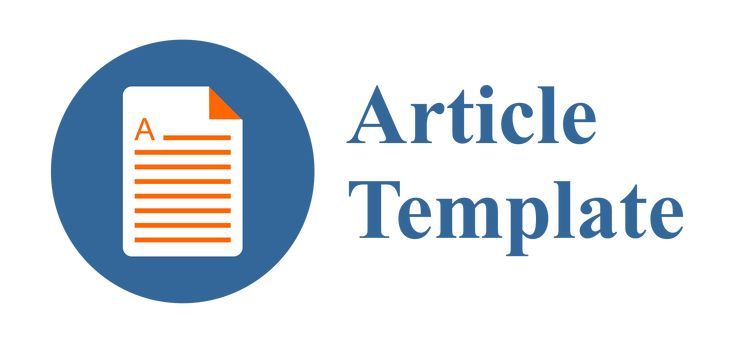KEEFEKTIFAN STRATEGI PEMBELAJARAN BERBASIS MASALAH DALAM PEMBELAJARAN MENULIS CERPEN PADA SISWA KELAS XI MAN TULUNGAGUNG 1 JAWA TIMUR
Abstract
The purpose of this research is to find the significant differentiation between
students who join short story writing learning with Problem Based Learning
strategy and who don’t. The other purpose is to test the effectiveness of Problem
Based Learning strategy in short story learning to students of Class XI MAN
Tulungagung 1 East Java.
This research used quantitative approach with quasi experiment and Contro
Group Pretest Posttest Design. Two variables in this research are free variable wich
is Problem Based Learning strategy and bounded variable wich is short story
writing capability. Population in this research is the students of class XI MAN
Tulungagung 1 with cluster random sampling technique to collect the samples.
Based on lottery, the experiment class is class XI IPA U2 and the control class is
class XI IPA 2. To check the validity, this research used content validity with exper
judgement. To collect the data this research used short story writing test. The resul
of normality and homogeneity test shows that the data of this research has norma
and homogen. The data later to be analyzed by using t-test.
The t-test result shows that there’s a significant differentiation between
experiment group that receieved short story writing learning by using Problem
Based Learning strategy and control group that receieved short story writing
learning without Problem Based Learning strategy. This conclusion is based on t
test data analysis from experiment group’s first score and control group’s final tes
as big as 6,177 with db 62 and p point by 0,000. P point ia smaller than 5% (p<0,05)
This research shows that Problem Based Learning strategy is effective to be apply
in short story writing learning to students of class XI MAN Tulungagung 1. The
conclusion proved by t-test analyse of experiment group’s first and final tests by
40,034 with db 28 acquired p point by 0,000. Control group’s first and final tests
acquired tcount by 2,972 with db 34 and p point by 0,005.
students who join short story writing learning with Problem Based Learning
strategy and who don’t. The other purpose is to test the effectiveness of Problem
Based Learning strategy in short story learning to students of Class XI MAN
Tulungagung 1 East Java.
This research used quantitative approach with quasi experiment and Contro
Group Pretest Posttest Design. Two variables in this research are free variable wich
is Problem Based Learning strategy and bounded variable wich is short story
writing capability. Population in this research is the students of class XI MAN
Tulungagung 1 with cluster random sampling technique to collect the samples.
Based on lottery, the experiment class is class XI IPA U2 and the control class is
class XI IPA 2. To check the validity, this research used content validity with exper
judgement. To collect the data this research used short story writing test. The resul
of normality and homogeneity test shows that the data of this research has norma
and homogen. The data later to be analyzed by using t-test.
The t-test result shows that there’s a significant differentiation between
experiment group that receieved short story writing learning by using Problem
Based Learning strategy and control group that receieved short story writing
learning without Problem Based Learning strategy. This conclusion is based on t
test data analysis from experiment group’s first score and control group’s final tes
as big as 6,177 with db 62 and p point by 0,000. P point ia smaller than 5% (p<0,05)
This research shows that Problem Based Learning strategy is effective to be apply
in short story writing learning to students of class XI MAN Tulungagung 1. The
conclusion proved by t-test analyse of experiment group’s first and final tests by
40,034 with db 28 acquired p point by 0,000. Control group’s first and final tests
acquired tcount by 2,972 with db 34 and p point by 0,005.
Full Text:
PDFRefbacks
- There are currently no refbacks.

